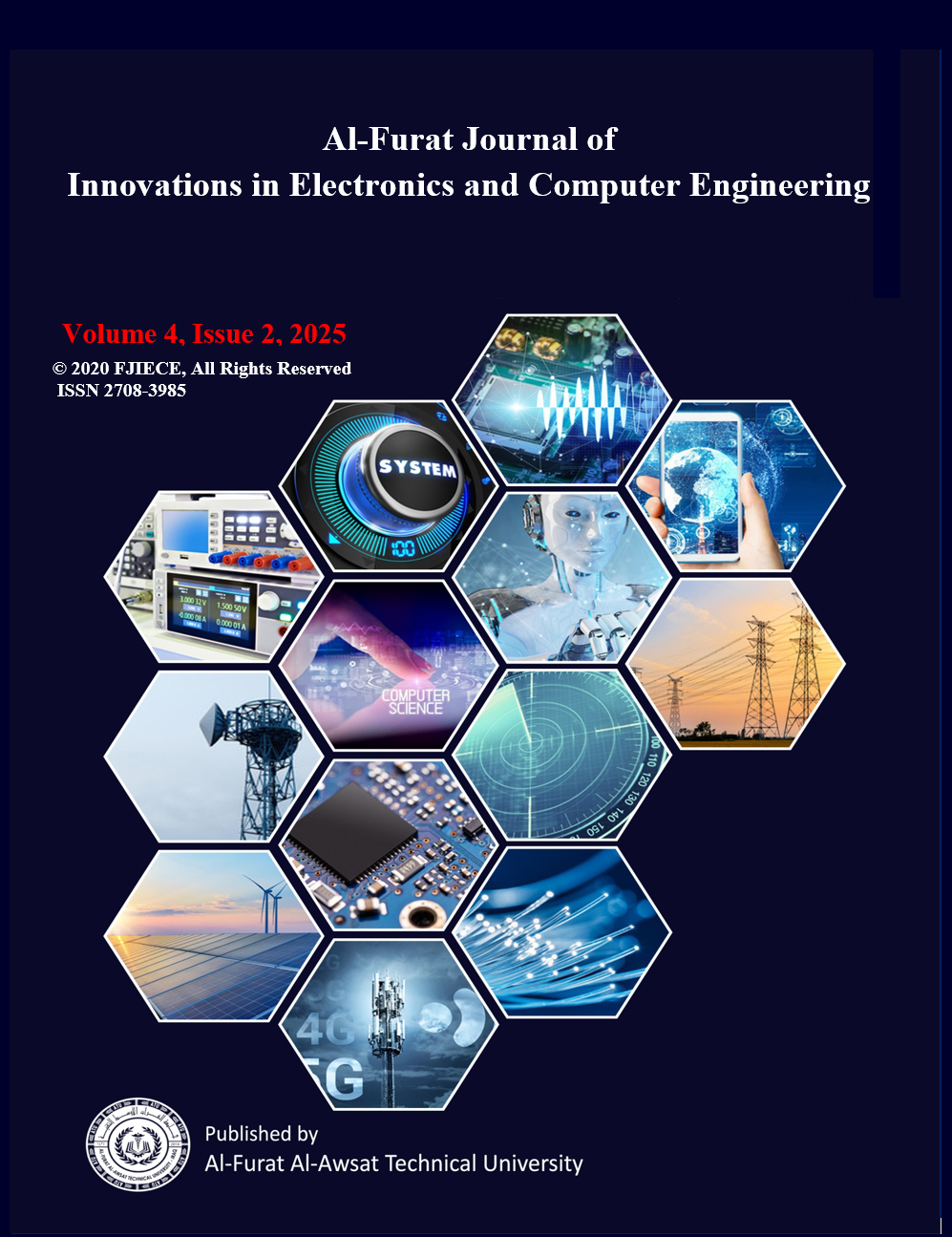A Comprehensive Review of Deep Learning Techniques for Detecting and Classifying Cataracts and Glaucoma
Keywords:
Eye disease, Cataracts, Glaucoma, Deep Learning (DL), AI.Abstract
Artificial intelligence (AI) and deep learning have recently attracted a lot of attention as potential tools for the early detection of ocular diseases. Reason being, these innovations have the potential to substantially enhance therapeutic options and healing rates. With the use of algorithms built using massive medical datasets, a number of common eye disorders may now be detected automatically. These include myopia, diabetic retinopathy, macular degeneration, cataracts, and glaucoma. On a worldwide basis, cataracts and glaucoma are two of the leading causes of permanent visual loss. However, testing the viability of AI for the diagnosis of these two illnesses has been sparse in comparison to other age-related eye problems. An extensive review of deep learning algorithms for glaucoma and cataract detection using slit-lamp and fundus images and other relevant data is presented in this paper. As an added bonus, it explores state-of-the-art algorithms and models, preprocessing methods, retinal image databases, and performance evaluation standards. The main foci of this research are cataract diagnosis and glaucoma detection and classification. via the dissemination of new scientific knowledge to researchers and ophthalmologists via this comprehensive review, this study aspires to contribute to the progress of ophthalmology and the field overall.





